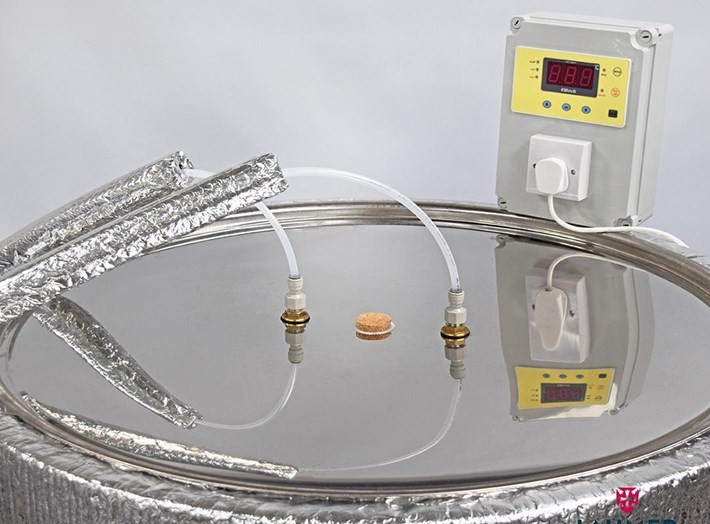
Fermentation Vessels, otherwise known as FVs or fermenters, stores unfermented liquid which is then combined with yeast, allowing the fermentation process to begin. This process is essential to breweries; without it, we wouldn’t be able to drink the alcohol we know and love!
In order to look further into what fermenters do and the importance behind it, it will be useful to look at their background, and the fermentation process itself. What began as an accidental discovery has changed beyond recognition to become an industry worth billions of pounds every year.
Human production of alcoholic beverages dates back so far that it’s not known for certain when it actually began. There’s evidence of a wine made in Georgia around 8000 years ago, and perhaps even before that, areas of China were producing alcohol from ingredients such as rice, honey and fruit. All around the ancient world, civilisations have been found to have had some experience of alcohol production, even though they clearly weren’t all able to share their experiences with one another.
What’s likely is that the discovery of fermentation, and afterwards alcohol production, was an accidental by-product that occurred when a sweet liquid, such as grape juice, was left in an open container. Naturally occurring, wild yeast cells in the air were able to ferment the liquids, and alter them to the satisfaction/surprise of the owner of the drink. We know that this is the correct method of fermentation because of archaeological finds of clay pots, which once examined, showed signs of the presence of yeast. These pots and containers were the very first fermentation vessels.
Yeast cells (a member of the Fungi family) are tiny single cell organisms that survive in moderate temperatures, which are able to ferment liquids by consuming sugar in order to grow and multiply. The by-product of this consumption of sugar is the creation of alcohol, plus carbon dioxide and heat.
Clearly, ancient civilisations weren’t able to know about yeast itself, but they would have noticed that a different outcome occurred to sweetened drinks depending on whether they were left in open containers, or with closed lids. The disadvantage of naturally occurring, wild yeast cells is that, in order to allow them into a container that fermentation will take place, other microbes will also be present. Bacteria can lead to a spoiling of the fruit juice and sharp/sour flavours may be noticeable. Think of the difference between wine and vinegar.
After the pioneering work of Louis Pasteur in the 19th century, a greater understanding of microbiology allowed for yeast to be isolated from the other airborne contaminants, and the fermentation of wine and beer was greatly improved as a result. Instead of open top fermentation vessels, it became usual practice to keep a fermenting liquid away from the airborne cells that gave life to the industry in the first place. Being able to allow just a single strain of yeast to ferment a sweetened liquid gave the brewers and wine makers much greater control over the flavours that were being produced, and far greater consistency was able to be met.
In the modern day, stainless steel fermentation vessels are often used, which have come a long way from the ancient clay pots. These stainless steel vessels not only let the user clean the vessel far more easily, but also allow the brewer to control the temperature of their fermentation, and so are further able to predict the flavour of the end product. None of these developments would of course be possible without the assistance of microscopic Fungi.
Latimer Stainless provide stainless steel fermentation vessels in a range of different sizes to suit the requirements of the user, with all the benefits of a brilliant temperature control system and easy cleaning. Take a look at our range of fermenters here, and visit our contact page to get in touch with your enquiry today.
